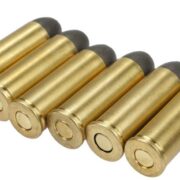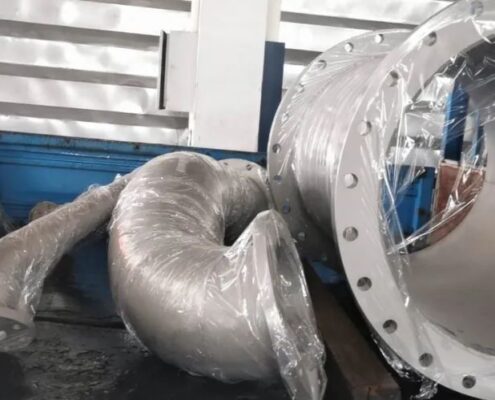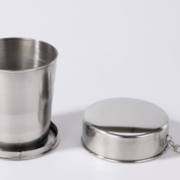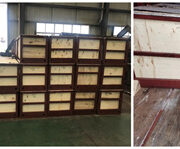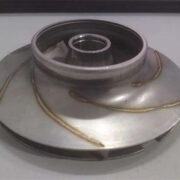Main characteristics and uses of aluminum brass
Special brass is formed by adding aluminum, silicon, manganese, lead, tin, and other elements into a copper-zinc alloy. Such as lead brass, tin brass, aluminum brass, silicon brass, manganese brass, etc.
Lead brass has excellent cutting performance and good wear resistance and is widely used to make clock parts, bearing shells, and bushes by casting.
Tin brass has good corrosion resistance and is widely used in the manufacture of marine parts.
Aluminum in aluminum brass can improve the strength and hardness of brass, and improve the corrosion resistance in the atmosphere. Aluminum brass is used to make corrosion-resistant parts.
Silicon in silicon brass can improve the mechanical properties, wear resistance, and corrosion resistance of copper. Silicon brass is mainly used to make parts for seagoing ships and chemical machinery.
What are the main characteristics of aluminum brass?
Aluminum brass has strong wear resistance. It has high strength, high hardness, and strong chemical corrosion resistance. There are also outstanding mechanical properties of cutting. Seamless copper tube drawn from aluminum brass is soft and wear-resistant. Aluminum brass seamless tubes can be used for heat exchangers and condensers, cryogenic pipelines, and submarine transport tubes. Manufacture sheet, bar, pipe, casting parts, etc. It contains 62%~68% copper and has strong plasticity. It is used to manufacture pressure-resistant equipment.
What are the uses of aluminum brass?
Aluminum in aluminum brass can improve the strength and hardness of brass, and improve the corrosion resistance in the atmosphere. Aluminum brass is used to make corrosion-resistant parts.
What are the components of aluminum brass?
Copper: 66.0 ~ 68.0
Sn: ≤ 0.2
Zinc: allowance
Lead Pb: ≤ 0.5
Phosphorus P: ≤ 0.02
Aluminum: 2.0 ~ 3.0
Fe: ≤ 0.6
Manganese Mn: ≤ 0.5
Antimony Sb: ≤ 0.05
Note: ≤ 1.5 (impurities)
What are the applications of aluminum brass?
The main alloy composition of aluminum brass is Cu Zn Al. In order to improve the strength, corrosion resistance, wear resistance, etc. of aluminum brass in practical application, elements such as As, Mn, Fe, Ni, etc. are often added to the alloy, thus greatly improving the comprehensive properties of the material. Due to the aluminum zinc equivalent coefficient 6 β The phase trend is large, and the strengthening effect is good. When the aluminum content increases γ Phase. Although the hardness of the alloy is increased, the plasticity is sharply reduced. In aluminum brass, the ionization tendency of the aluminum surface is greater than that of zinc. The dense and hard aluminum oxide film is preferentially formed to prevent the alloy from further oxidation and improve the corrosion resistance to gas, and solution, especially high-speed seawater.

